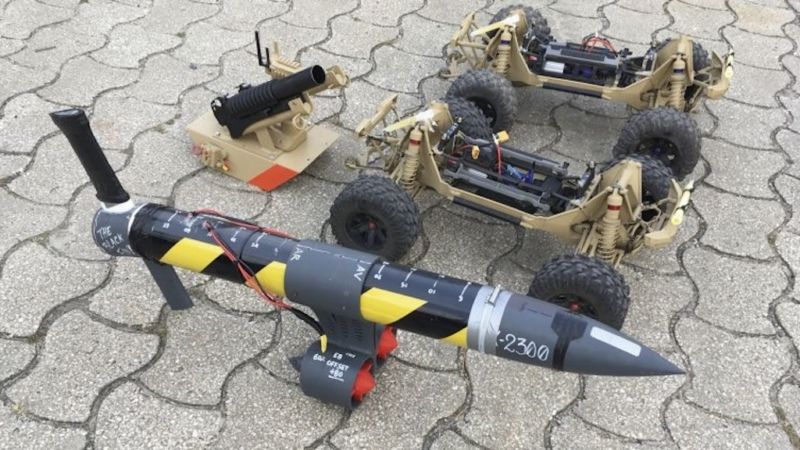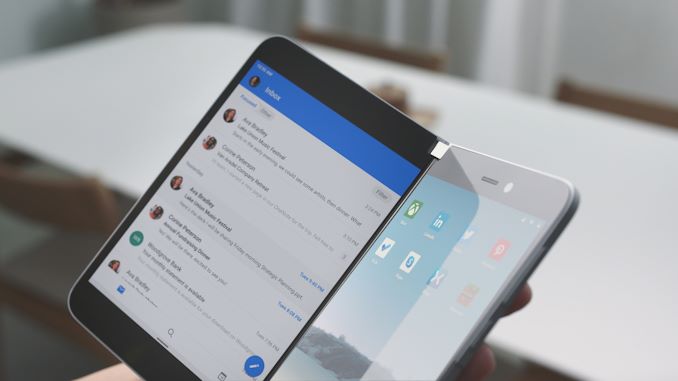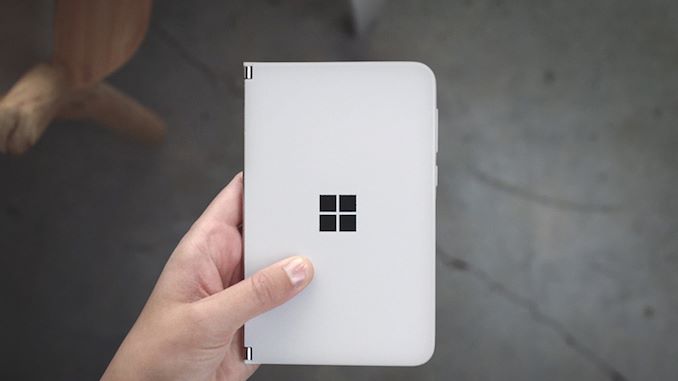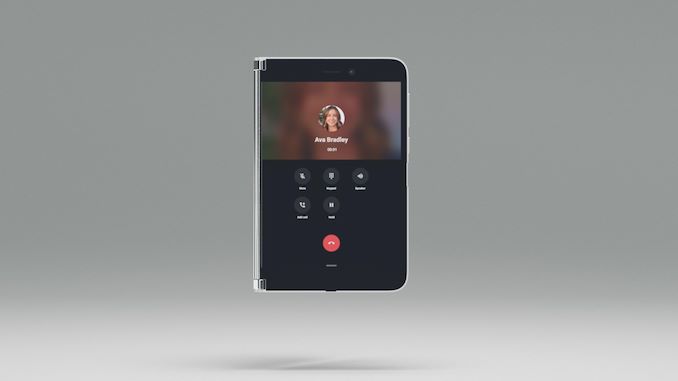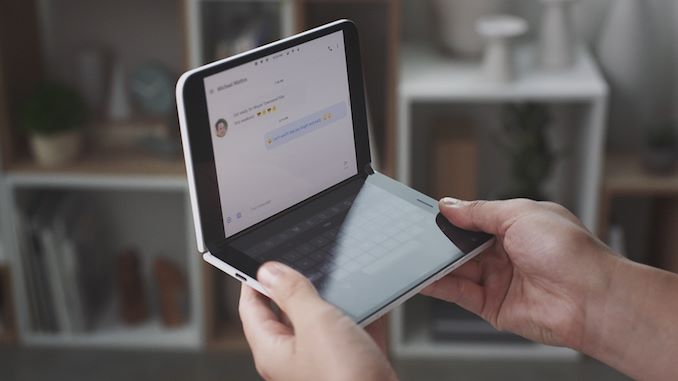Supersonic flight over land is generally prohibited because sonic booms created by shockwaves disturb people on the ground and can damage property. Armstrong innovators are working to solve this problem with a novel system for capturing images of shockwaves created by supersonic aircraft. The Background Oriented Schlieren Using Celestial Objects (BOSCO) technology uses a celestial object, such as the Sun, as a background to secure unique, measurable shockwave images of full-scale aircraft. The patented image-processing technology captures hundreds of observations with each shockwave, benefitting NASA engineers in their efforts to develop a supersonic aircraft that will produce a soft “thump” in place of a disruptive sonic boom.
via NASA Tech Briefs https://ift.tt/2BVPq4O
October 2, 2019 at 11:04AM

